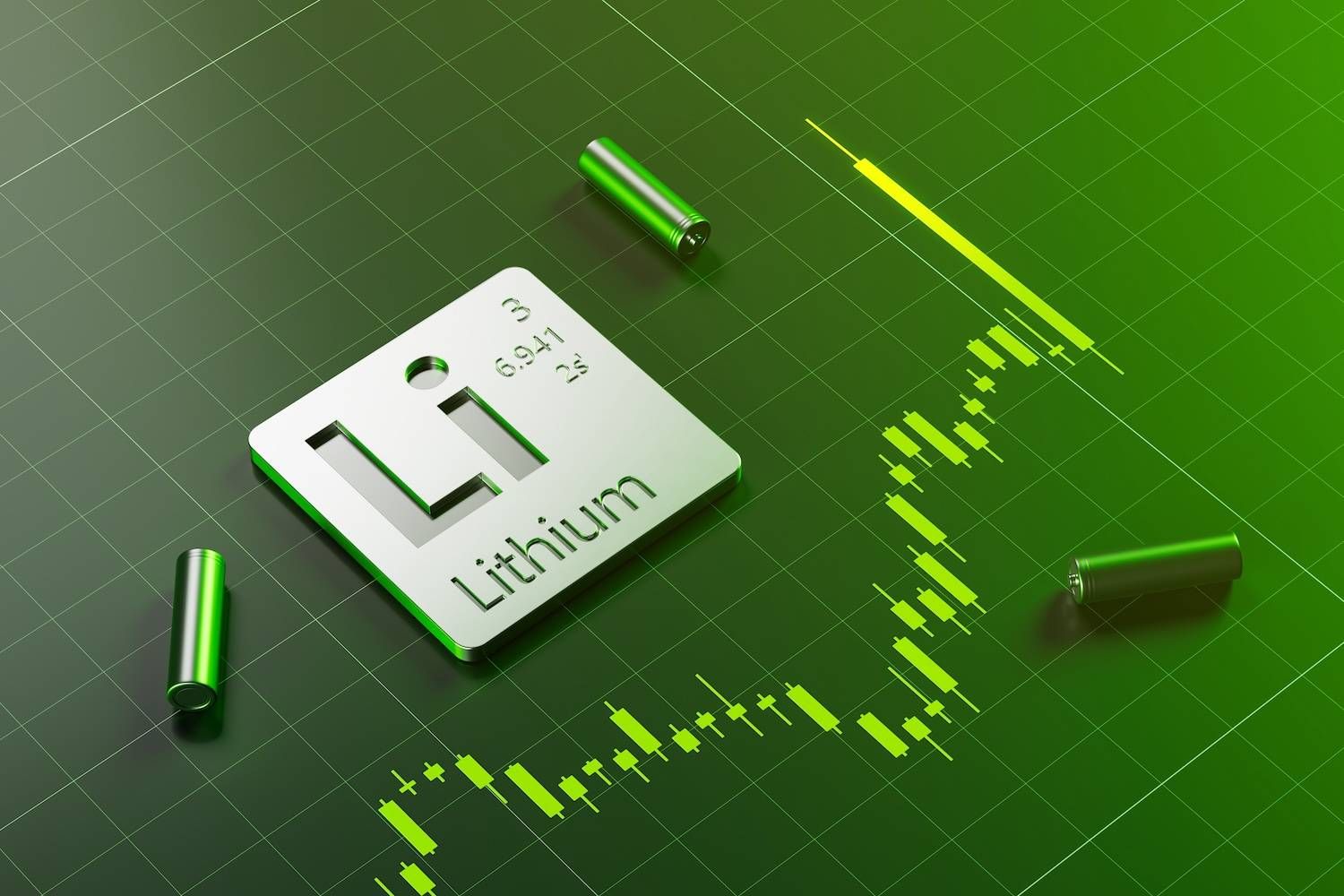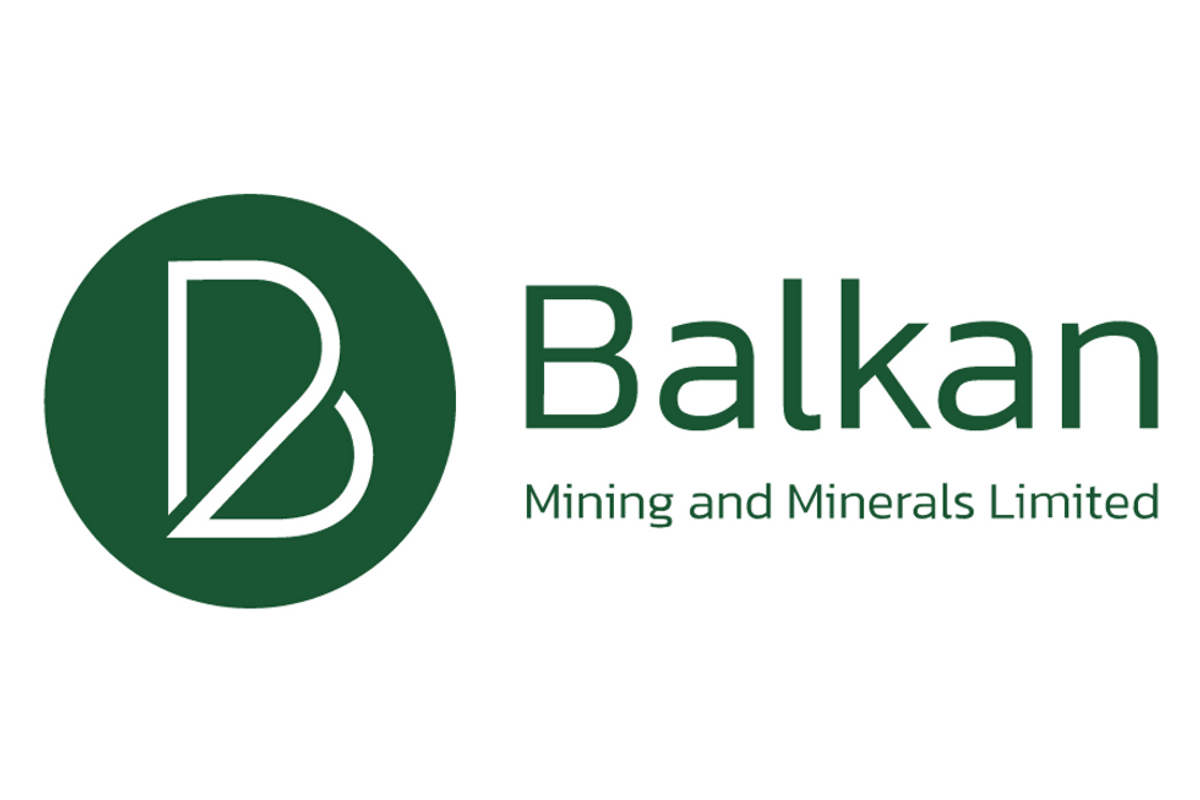
- NORTH AMERICA EDITIONAustraliaNorth AmericaWorld
December 11, 2023
Balkan Mining and Minerals Ltd (ASX: BMM; "BMM" or "the Company") is pleased to announce that the diamond drill program undertaken by Major Drilling Group International Inc (“Major Drilling”) has intersected pegmatites with visible spodumene (Figure 2, Table 1) from the Koshman pegmatite occurrence at the Gorge Lithium Project located in Ontario, Canada (the "Gorge Lithium Project" or the "Project").
Highlights
- ~1,500 metres of planned 2,500 metre drill program completed by Major Drilling.
- 8 holes have intersected visible spodumene from the 10 holes completed.
- Koshman prospect among several pegmatite occurrences at Gorge with pegmatite dyke width varying in drilling between 1.02m to 16.83m and containing visible spodumene ranging from 3 to 20% content1.
- Balkan notes that the most recently completed hole at Koshman – KS-23-009 – has encountered ~16.8m of visual spodumene mineralisation from 5.8m to 22.7m.
- 180 samples have been submitted to the laboratory, with assays expected in the next 3 to 6 weeks.
More than half of the planned 2,500m drilling program has been completed to date with a focus on testing the known pegmatites outcropping at the Koshman occurrence.
The visual results from drilling are in line with observations from outcrops at Koshman (see ASX Release 16 October 2023), and Balkan eagerly anticipates assay results to confirm lithium grades.
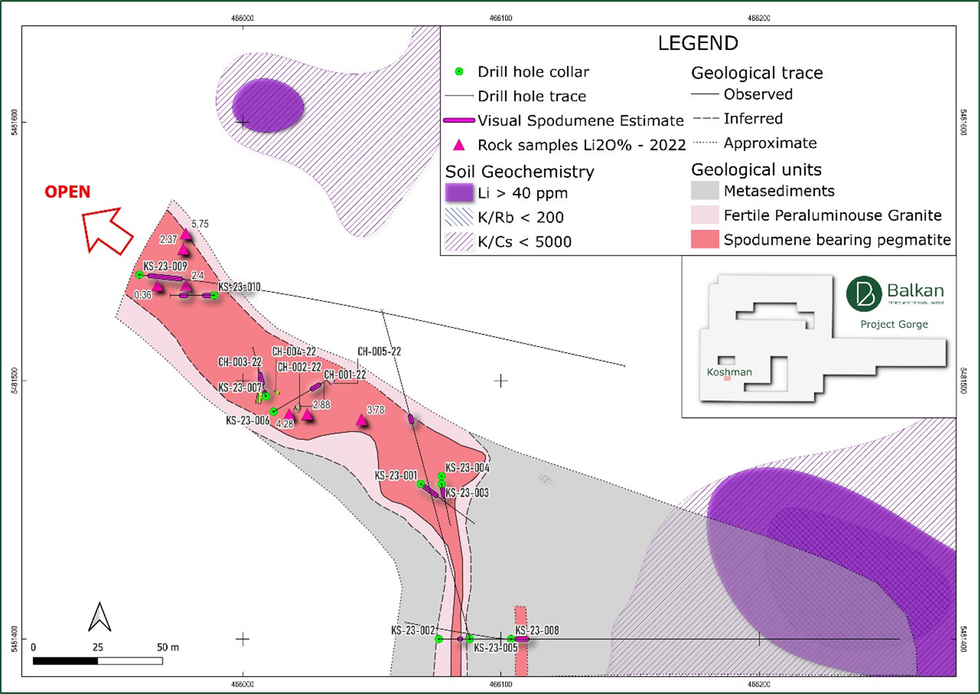
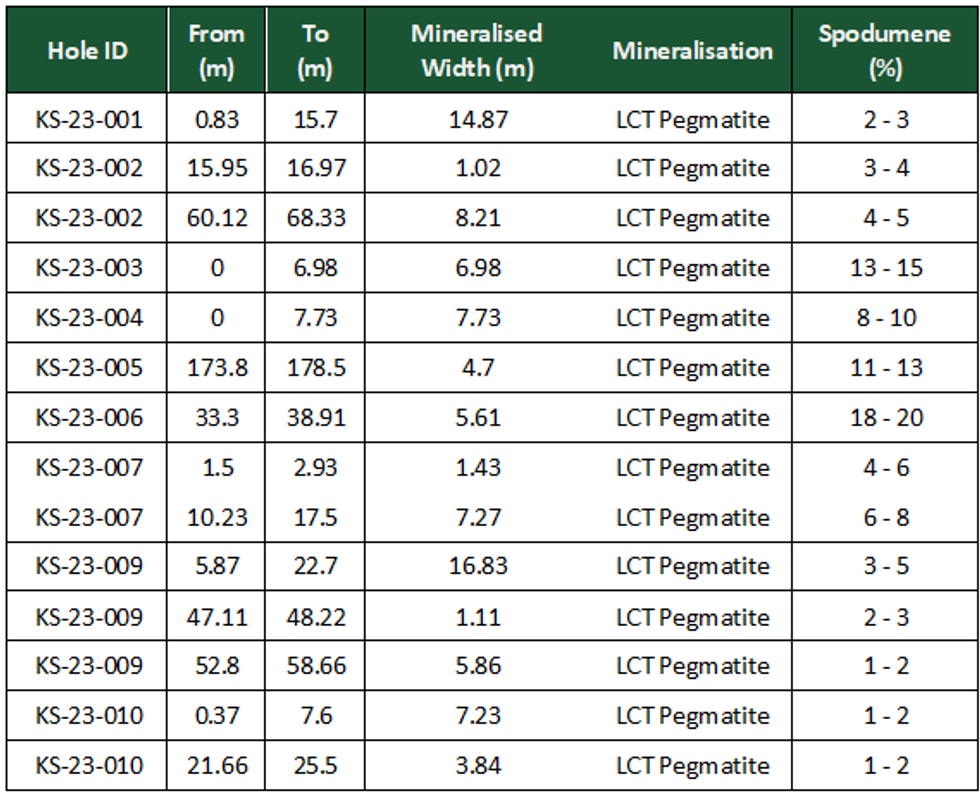
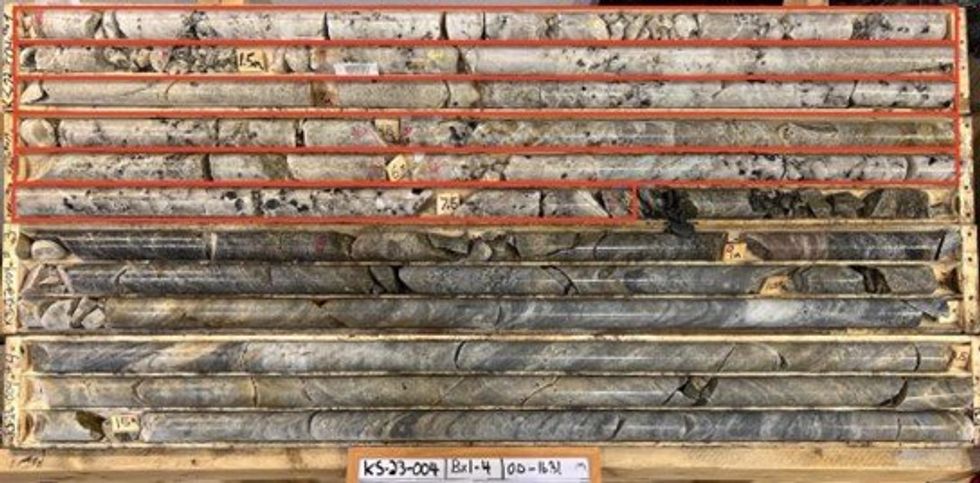
Balkan notes that the most recently completed hole at Koshman – KS-23-009 – has encountered ~16.8m of visual spodumene mineralisation from 5.8m to 22.7m.
Assay results for the 4 holes drilled at Nelson have been received. The absence of spodumene pegmatite at depth at Nelson occurrences indicates potentially deeply eroded spodumene-bearing pegmatites by intensive glaciation.
This article includes content from Balkan Mining, licensed for the purpose of publishing on Investing News Australia. This article does not constitute financial product advice. It is your responsibility to perform proper due diligence before acting upon any information provided here. Please refer to our full disclaimer here.
BMM:AU
The Conversation (0)
05 September 2021
Bayan Mining and Minerals
Mining Critical Minerals from the Balkan Region
Mining Critical Minerals from the Balkan Region Keep Reading...
19 January 2025
Further Exploration Targets Identified at Bayan Springs
Bayan Mining and Minerals (BMM:AU) has announced Further Exploration Targets Identified at Bayan SpringsDownload the PDF here. Keep Reading...
31 October 2024
Quarterly Activities/Appendix 5B Cash Flow Report
Balkan Mining and Minerals (BMM:AU) has announced Quarterly Activities/Appendix 5B Cash Flow ReportDownload the PDF here. Keep Reading...
01 January
Lithium Market Forecast: Top Trends for Lithium in 2026
The lithium market heads into 2026 after one of its most punishing years in recent memory, shaped by deep oversupply, weaker-than-expected electric vehicle (EV) demand and sustained price pressure. In 2025, lithium carbonate prices in North Asia sank to four year lows, forcing production cuts... Keep Reading...
29 December 2025
SQM, Codelco Seal Landmark Lithium Joint Venture in Salar de Atacama
Sociedad Quimica y Minera (SQM) (NYSE:SQM) and Codelco have finalized their long-awaited partnership, forming a new joint venture that will oversee lithium production in Chile’s Salar de Atacama through 2060.SQM announced on Saturday (December 27) that it has completed its strategic partnership... Keep Reading...
24 December 2025
Altius Minerals to Expand Portfolio with C$520 Million Lithium Royalty Deal
Altius Minerals (TSX:ALS,OTCQX:ATUSF) is making a bet on a lithium market recovery, agreeing to acquire Lithium Royalty (TSX:LIRC) in a C$520 million deal that will expand its exposure to battery metals.Under a definitive agreement announced by the two companies on Monday (December 22), Altius... Keep Reading...
23 December 2025
Liontown's First Tjiwarl Member Completes Apprenticeship at Kathleen Valley
Liontown (ASX:LTR,OTC Pink:LINRF) has reached a milestone at its Kathleen Valley operations, with Vaughan Harris becoming the first Tjiwarl community member to complete an apprenticeship with the company.“Being the first Tjiwarl apprentice to complete an apprenticeship here at Liontown feels... Keep Reading...
22 December 2025
Lithium Market 2025 Year-End Review
The global lithium market endured a bruising 2025, with persistent oversupply and softer-than-expected electric vehicle (EV) demand driving prices for the battery metal to multi-year lows.Lithium carbonate prices in North Asia slipped below US$9,550 per metric ton in February — their weakest... Keep Reading...
11 December 2025
Mining the Gap: 5 Forces Shaping North America’s Lithium Supply Chain
A convergence of industry investments, government initiatives and a shifting global trade dynamic is creating an environment ripe for the development of a North American battery supply chain, with lithium playing a leading role. These trends are reshaping the region’s industrial base and opening... Keep Reading...
Latest News
Interactive Chart
Latest Press Releases
Related News
TOP STOCKS
American Battery4.030.24
Aion Therapeutic0.10-0.01
Cybin Corp2.140.00





